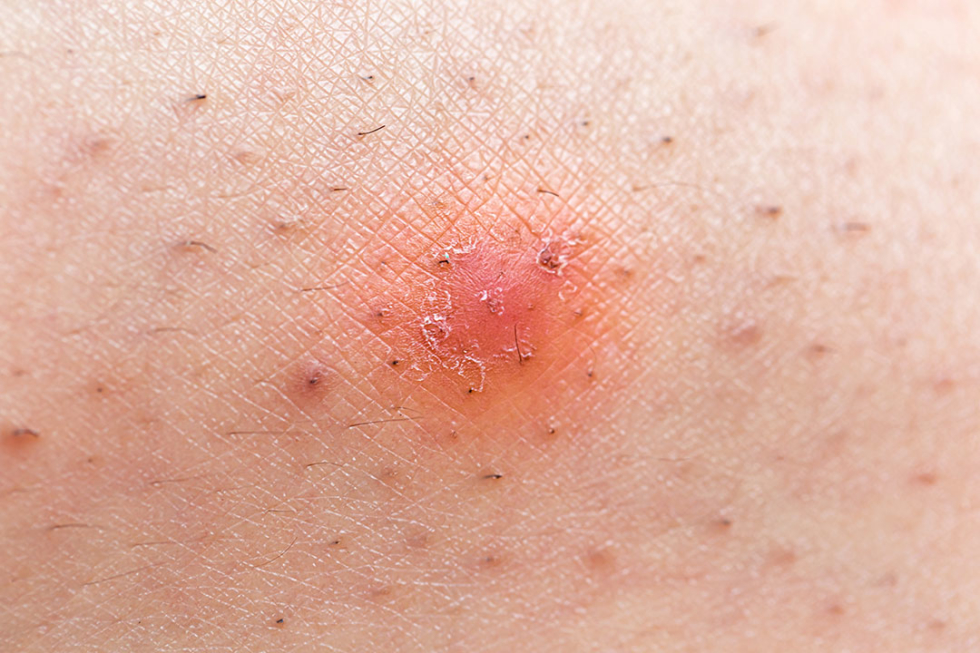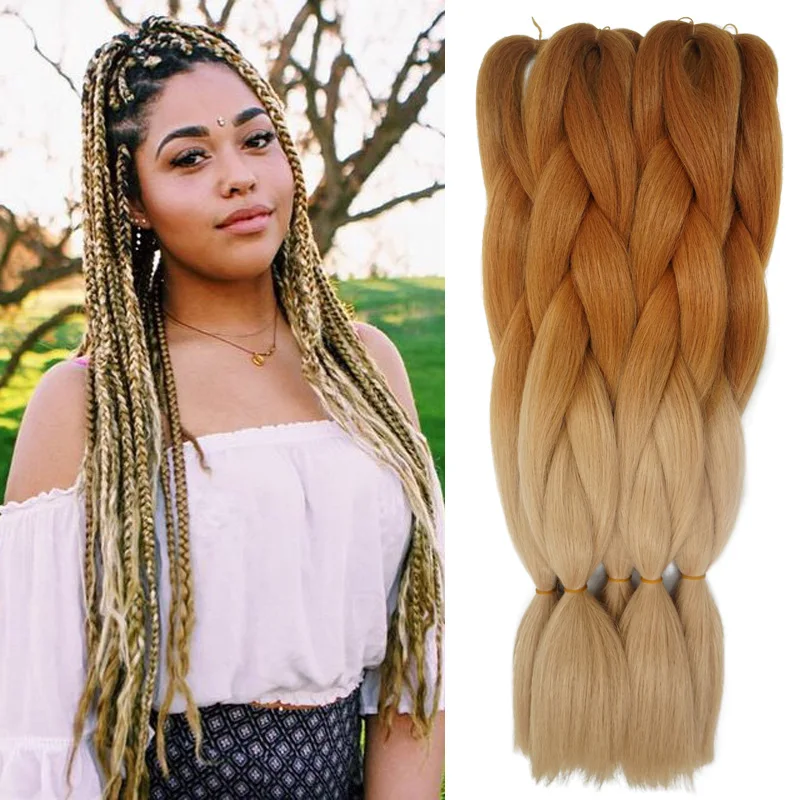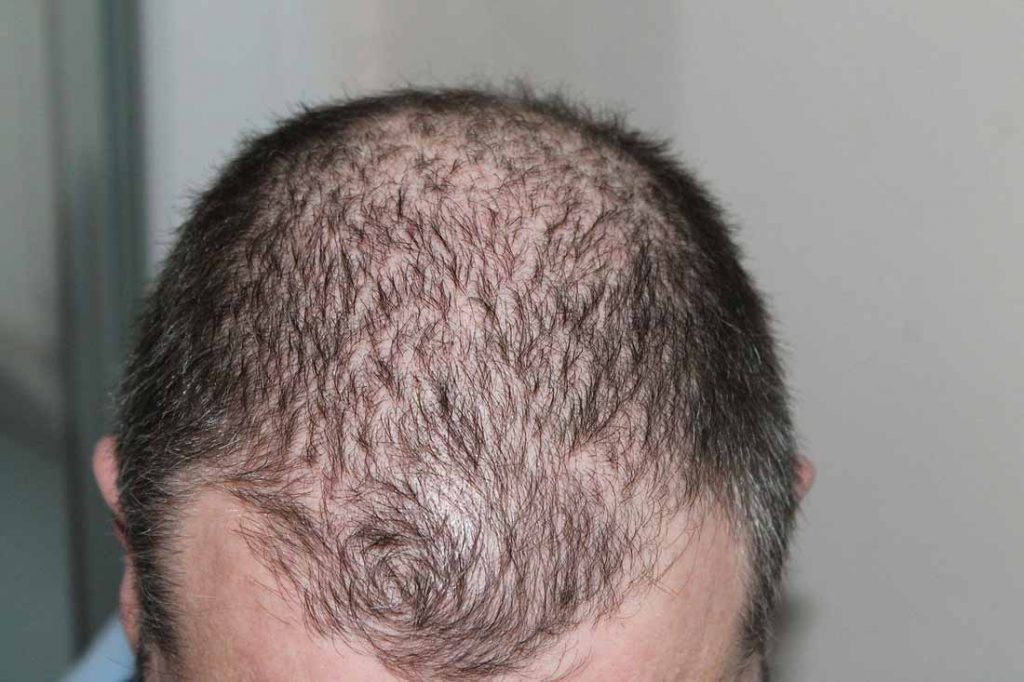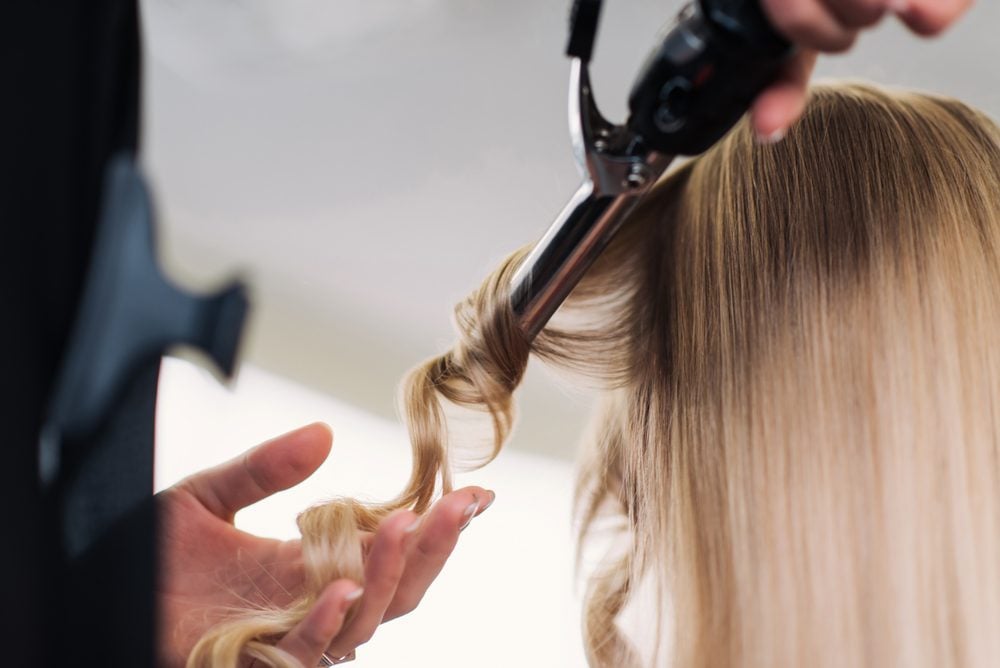Table Of Content

Always consult a medical provider for diagnosis and treatment. Antibiotics don't treat the underlying cause of pseudofolliculitis, though, so these can't be used as the sole treatment. Instead, they are used in conjunction with other treatments. There is also a time investment involved because, with both procedures, you will need a series of treatments done in order to see any type of result. Instead, these procedures may be tried if pseudofolliculitis is severe and not responding well to other treatments.
The 12 Best Ingrown Hair Treatments of 2024 - Verywell Health
The 12 Best Ingrown Hair Treatments of 2024.
Posted: Thu, 07 Sep 2023 07:00:00 GMT [source]
Pseudofolliculitis barbae
Properly preparing for hair removal can also help prevent ingrown hairs. Before shaving, wash the area thoroughly with a gentle soap. Use a moisturizing shaving cream or gel to reduce friction. This article explores ways to treat and prevent ingrown hairs, to reduce discomfort for people who experience them. If you have problems with ingrown facial hair, switching from a razor to a hair removal cream may provide relief. Depilatories are creams and lotions designed specifically to remove unwanted hair, even on sensitive parts of your body like the bikini line and face.
Ingrown Hair Treatment: Causes, Prevention, and More - Health.com
Ingrown Hair Treatment: Causes, Prevention, and More.
Posted: Tue, 24 Oct 2023 07:00:00 GMT [source]
Can You Prevent a Deep Ingrown Hair?
After getting rid of undesired hairs by waxing or plucking use after shave or cold water to soothe and repair the skin. Quality beard oils are also made with antiseptics, such as tea tree oil that eliminate facial hair itching, burning or infection you may be feeling. Take a good look at the skincare products you are currently using. Otherwise, you could cause scarring, and if the cyst is not removed, it could fill up with pus again, even if you push out most of the pus. Once done shaving, remember to apply aftershave or press a cool washcloth to the skin to reduce any agitation.
How to Treat Ingrown Hairs
Such preventive measure can help decrease the risk of deeper infections and scarring. Using the same razor blade over and over again also increases the risk of ingrown hairs. You should not only frequently change the blade in your razor, but also clean your blade after each stroke. A dirty blade can cause bacteria to get into your pores and cause an infection. Rinse your blade with water after each stroke, and use an alcohol-based cleaner after shaving. Some doctors believe that ingrown hairs also cause pilonidal cysts.
Over-the-counter hydrocortisone cream can reduce itching and inflammation. If OTC options aren't enough, you may be prescribed a stronger medication. Vinnie is one of the members of the Beardoholic writers team. He’s also a barber and hairstylist for 15 years now and he has a kick-ass beard of his own, so he surely knows what makes a magnificent beard and hair and how to achieve them.
Best for Temporary Hair Thinning: René Furterer Triphasic Reactional Concentrated Serum
In cases of razor bumps, the primary goal of treatment is to reduce the surrounding inflammation and decrease your risk of infection. You may be more likely to get ingrown hairs if you have coarse or curly hair. "Doing this increases the chances of more ingrown hairs. It can clog the follicle and cause inflammation, which is not an infection but can make the areas inflamed."
Laser Hair Removal
Also, consider avoiding formulations that contain additives that might irritating to the scalp and inadvertently cause dryness or itchiness, such as harsh chemicals, dyes, and fragrances. Instead, seek out those that have been dermatologist-tested, says Dr. Shaver. The road of life might be full of bumps, but your shaving or waxing experience doesn't have to be.
When it comes to ingrown chin hair specifically, prevention starts with your skincare regime. Staphylococcus (staph) infections can occur with an ingrown hair. Staph is typically present in your skin flora, but it can’t cause an infection unless it enters a break in the skin.
"If an ingrown hair persists after about two weeks or begins to worsen in appearance, I recommend seeing a dermatologist for help," Engelman says. People with coarse, thick, or curly hair are often more likely to have ingrown hairs. It only requires a few drops to the affected area as needed or you can help exfoliate the area with the included finger mitt. Squeezing an ingrown hair will increase the risk of infection.
Witch hazel also stops bacteria from growing in hair follicles. The other things that will determine the symptoms of ingrown hairs are the way facial hair grows into the skin, the presence of an infection, and how deep that infection is. When it comes to infected ingrown hairs on the face they usually affect only the surrounding skin. You can remove ingrown hairs on your own, but it's typically best to leave this task to a dermatologist or your primary care physician. "It’s possible to remove visible ingrown hairs with the help of a sterile needle and tweezers," Palm says. One of the best ways to manage ingrown hairs is to choose an effective exfoliant that includes ingredients, like green tea and oat, that can soothe irritation and minimize razor bumps.
By taking a proactive stance against ingrown hairs on your face you will prevent ingrown hairs and reduce those painful red bumps from appearing all around your face and neck. Everyone can experience ingrown facial hairs from time to time, but if that condition becomes chronical, it’s important to find the real source of a problem and not treat the symptoms. They can determine if you have an infection that needs medical treatment.
Use warm — not hot — water and small, circular motions to wash your affected areas with a washcloth, exfoliating brush or exfoliating gel or scrub. In rare cases, your healthcare provider may use a sterile surgical knife with a thin blade (scalpel) to make a small cut in your affected areas. They’ll squeeze out any pus and use sterile tweezers to remove the ingrown hair. For most ingrown facial hairs, there won’t be a need to visit a doctor. Dry skin is more prone to different problems, and one of them are ingrown facial hairs.
That’s why you need to wash, exfoliate and moisturize your face on a regular basis. Lately, you’ve been noticing some strange bumps on your face that don’t look like pimples or hives. Bacteria can then take over and cause an infection known as folliculitis, which leads to the development of a cyst. Certain diseases or trauma to your skin can also cause them. It’s also important to use fresh blades when you shave, in order to minimize the aforementioned razor drag from a dull blade, as well as any chance for bacterial infection.
In some cases, there’s another underlying cause, such as a genetic mutation, which means they can develop again. The best way to reduce the incidence of ingrown hairs is to stop tweezing, plucking, and waxing your hair until it has made its way out by itself or with the help of a professional. When it comes to razor bumps, it’s better to encourage the bumps and cysts to go down and the hair to straighten upward by gently scrubbing them with a warm cloth a couple of times a day.
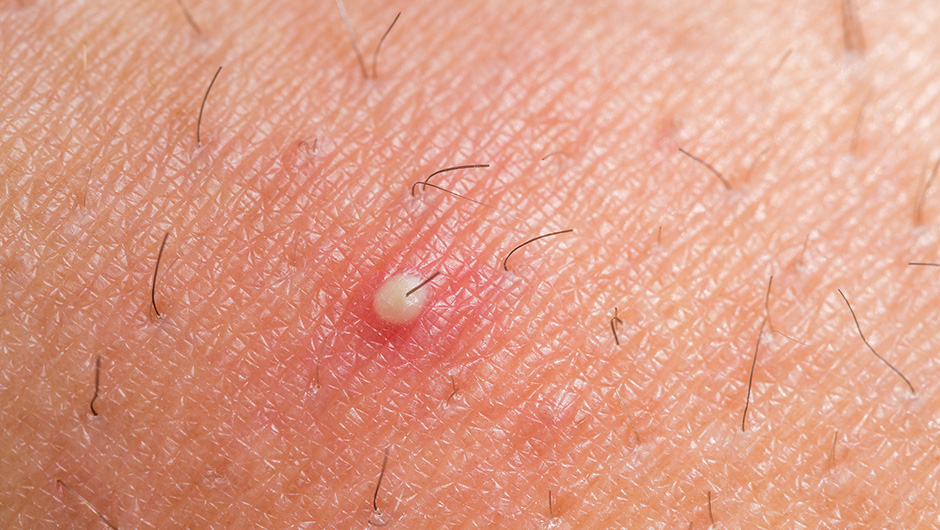
Remember to relax your facial muscles when you start with hair removal.If you don’t do it, individual hairs may stay and form one or more ingrown facial hairs. Although any sharp facial hair can make that quick turn and begin to grow under the skin there are many things that you can do to prevent ingrown hairs from happening in the future. It is already known that razors tend to pull and tug the skin to give you a close shave. Cutting hairs really close to the skin surface with a razor blade can cause their edges to get caught in the skin, preventing them from growing out and causing razor bumps.
Most of them are harmless and will disappear after some time. Some precautions can help you stay away from the pain of having ingrown facial hair. If the pubic cyst is caused by ingrown hair, it may go away on its own, or your doctor can remove it. The core goal of treatment for any of these cysts is to reduce their occurrence by keeping your skin exfoliated and moisturized.
